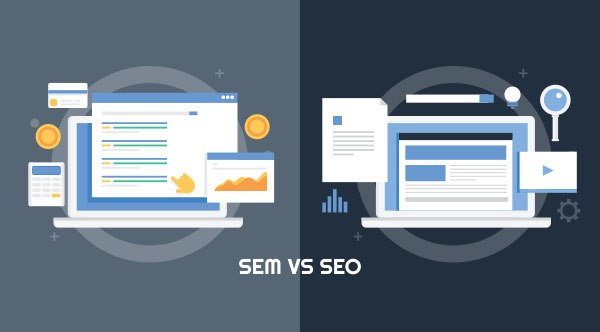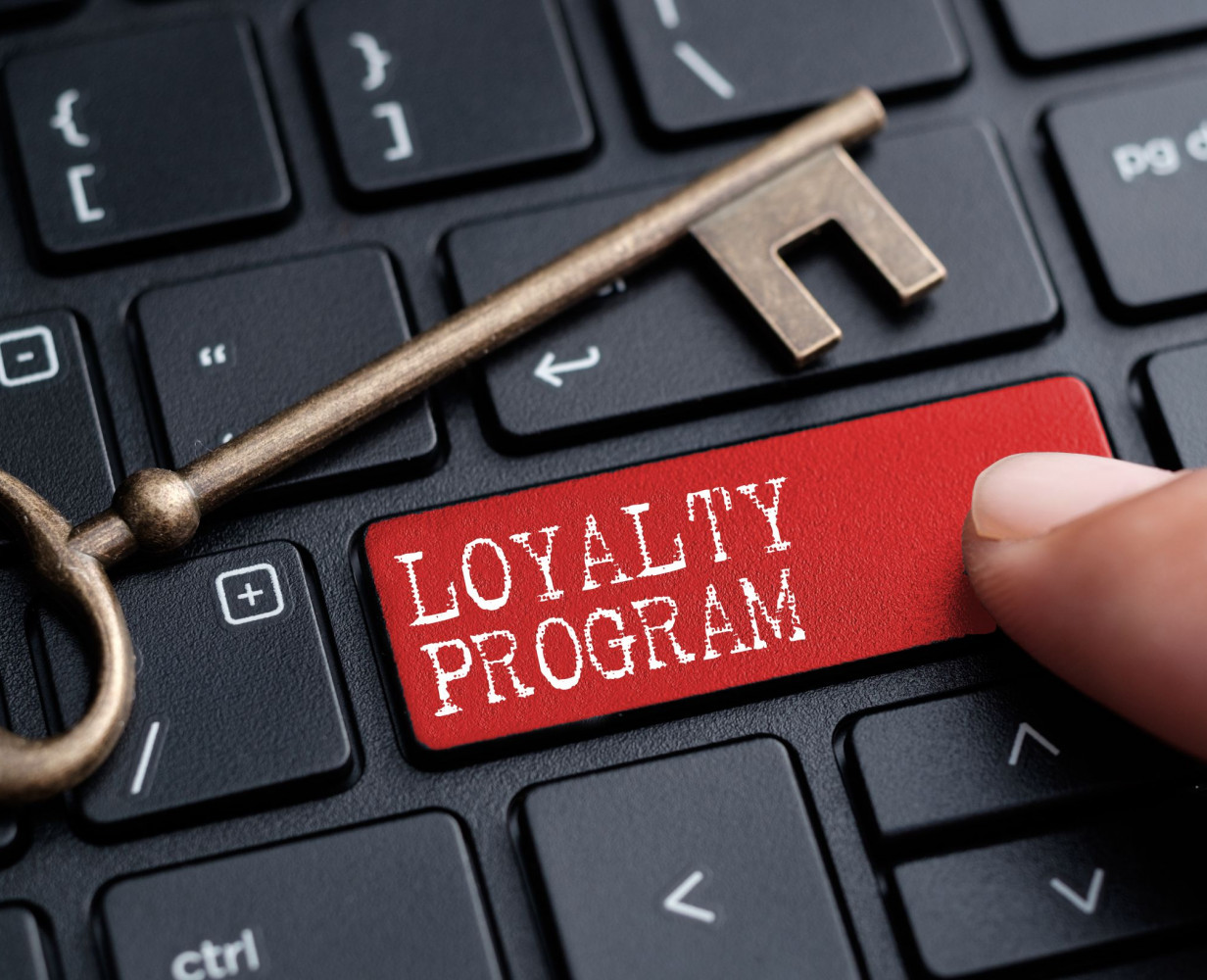As technology plays an ever-greater role in our daily lives, digital marketing has become the standard medium for brands to communicate with their customers. In the fast-moving tech world of today, it is easy to get lost in the constantly changing environment. With the rapid pace of change, it seems as if the knowledge gap between marketing experts and their clients continues to grow. This isn’t helped by the ever-growing list of confusing industry buzzwords and jargon which can often make digital marketers sound like they’re speaking another language.
The Basics
Let's start with the basics, what is digital marketing? Digital marketing is selling and promoting one's products or services on an online platform. Whether this platform is email, social media, or a search engine, it all falls under the category of digital media marketing. Digital marketing is needed in today’s day and age for a company to survive. Everything is online, from ordering food or doing school work, to scrolling through a social media feed. Marketing is all about getting your brand in front of the right people as much as possible. With everyone spending so much time online, digital marketing becomes the most important channel. This is why marketers are moving their focus away from face-to-face marketing and focusing on the multitude of digital channels.

Types Of Digital Marketing
Digital marketing can be broken down into two different categories, organic and paid. No matter what channel a company chooses to use for their digital marketing, it will fall within one of these two categories.
Organic
Organic marketing is simply unpaid marketing. It is marketing without paying for the tools. This can include all followers on social media pages who came to the page without advertisements, search engine optimization, blog posts, customer referrals, and anything that money is not directly spent on. Organic marketing is essential to building good brands with strong loyalty, but it is a slow process.
Paid
Paid marketing is spending money on marketing that generates traffic directly to your website or business. Whether it is a Facebook display ad or search engine marketing (SEM), it is creating traffic to your site through paid marketing. Paid marketing allows for a company to grow in customer awareness much faster than organic marketing, but it is not a guarantee the business will grow bigger. The biggest issue with paid marketing is making sure that the return on investment is higher than how much is being invested into the paid advertising.

Channels for Digital Marketing
There is a multitude of digital channels available within digital marketing. From email to social media, there are many different ways a company can reach their customers. Companies usually combine multiple channels in order to best connect with their clients.
Email Marketing
Most inboxes are full of promotional marketing material. While you may feel the daily emails are a waste of time and money, you have most likely opened one today. Around 20% of all marketing emails are opened, which leads to a direct interaction between your business and a customer. Most email marketing is used to educate the customer or lure them onto the website with some sort of sale. Email marketing can be very beneficial when the company finds the sweet spot between consistent contact and overloading or annoying their customers with too many emails.
Social Media Marketing
Social media marketing targets all ages from children on TikTok to teenagers on Instagram and adults on Facebook. Most of the modern world is on some sort of social media platform. Even if they are not on a social media site, they see posts from these sites. While watching the news the host will refer to tweets put out on twitter and have people tweet in responses. No matter where you go electronically, social media will pop up.
Social media can be used two ways for marketing, organic or paid. Organic social media allows for a company to grow their brand while spending very little. It is free for the company to have an account on a social media site. Anyone is able to see their posts or scroll through their account and see what they are promoting. While anyone can see it, it does not mean that anyone is going to see it. Following the organic route of marketing, the posts are only going to be seen by those who choose to see it. People have to go out of their way to look up your company. They may stumble across it through a tagged photo or location, but they have to have some connection from someone else to stumble across it.
Paid social media marketing, on the other hand, allows for posts to be put right in front of the user. It will be embedded into the feed of the user, without them having to search or see it through someone else referencing it. Paid social media can be tailored in many different directions depending on the company's needs and wants. One way a company can have paid marketing is through services like Facebook or Instagram ads. These are direct campaigns that will reach however many people the company is willing to pay for. All of these ads can take different shapes from Instagram post ads to Snapchat story ads, they all tailor to your company's needs in a different way. Another way is through affiliate marketing. Affiliate marketing is when a company pays an individual to promote their product. Whichever platform you choose to use in social media advertising, depends on who your target audience is and how you want to reach them.
Search Marketing
A quick Google search for just about anything will yield hundreds of thousands of results. So, how can a company make sure their website will be one of the top results for the search? There are two options. As with most other digital marketing, one is paid and the other is organic.
SEM, Search Engine Marketing is the paid option of having your website come up on the top of someone’s web search. All search sites from Google to Yahoo offer different advertising plans for companies wanting to use their SEM. A company pays per click when using SEM.
SEO, better known as Search Engine Optimization, is how a company becomes the top result in a web search without having to pay for advertising. Once you have passed all the websites that say ad on the corner of the weblink (SEM), then you enter into websites fighting to be at the top of your search results. The fight to be on the top is a complicated one. An ongoing cat and mouse game between search algorithms and the website, involving keywords, backlinks, usability and more.
Search marketing is crucial to any business that relies on online sales. If a company does not enhance their SEO or SEM or both, they can go unnoticed on the second page of search results. When SEO and SEM are implemented correctly, it can greatly increase the flow of traffic to a company’s website.
Affiliate Marketing
As stated in social media marketing, affiliate marketing is when a company pays an individual to promote their product. One of the biggest trends of affiliate marketing currently is influencers. Throughout social media marketing you will see real people promoting company’s services or products. This allows for the company to break into different target markets without having to do much work, the ambassador already has the contacts that the company wants.
Influencers can be found in more digital marketing channels than just social media. For one, many influencers are bloggers. They write performance reviews to their already established audiences. Customers want to know what the positives and negatives of a product or service is from a real person and a brand ambassador allows this. Of course, the most famous example of these kinds of influencers are YouTubers - people that make product review videos to be shared with their followers on the platform.

Buzzwords
While a couple of buzzwords have already been addressed like SEO and SEM, there are many more that will confuse anyone who is not a marketing industry-insider. Here are some popular terms and definitions to peel back the curtain and help you make sense of digital marketing buzzwords.
Analytics
Systematic computation of data that results in information. This information can then be used to help a company know how to best approach their customers.
Key Performance Indicators (KPI)
Crucial data points that allow for measuring the performance of a strategy or campaign. Properly tracking and understanding KPIs helps marketers and businesses with decision making in regards to their marketing.
Retargeting
Also referred to as remarketing, it is a type of advertising that focuses on putting advertising in front of potential customers who have seen your product or service before. Usually, a potential customer will visit your webpage without purchasing anything. Retargeting will put an advertisement in front of them that will bring them back to your webpage.
Content Activation
A process of educating a buyer during the sale process through leveraging marketing content.
Customer Relationship Management (CRM)
Technology used to manage a company's interactions with customers and future customers.
Brand Identity
How the brand is perceived from a visual perspective by the consumer. It can include logos, colors, fonts, designs, and packaging. It encompasses how a brand communicates with its customers, through the tone and style of its communications. Brand identity helps in creating brand loyalty.
Big Data
Big Data simply refers to particularly large data sets consisting of thousands or even millions of data points. Analyzing big data can help marketers to identify purchasing trends and hyper-target to specific consumer groups.
E-commerce
Electronic Commerce or ‘e-commerce’ is the sale of goods or services via the internet. With more and more shoppers moving online, e-commerce is becoming increasingly important for retailers, both big and small.
Omni-channel
An approach that puts the customer at the center of the buying experience. It is a fully-integrated experience that allows a customer to interact with the brand on all platforms from in-person to online.
Micro-Moment
When in the midst of a task, someone turns to a mobile device to fill a desire, whether that be to search, watch, or buy something on the web.
Clickthrough Rate (CTR)
The ratio of how many clicks an ad gets to how many people view the ad. This is a good initial indicator of ROI for paid advertising.
Conversion Rate Optimization (CRO)
A varied strategy employed to convert a higher percentage of website visitors into customers.
Geofencing
A company marks out a specified location near their business. When a person enters into the specified location, with their location services on, the company is able to send them information on their business.
Gamify
Adding elements of a game into a website or an app to encourage use.
Content
Information turned out through marketing to keep people involved. This can be through any channel of digital marketing from email to paid advertising.
Pay-Per-Click (PPC)
Advertisers pay a fee every time a web user clicks on their advertisement.
Click Bait
A strategy whereby advertisers use exciting or scandalous headlines or images that usually have nothing to do with what they are selling to get people to click on their link.
These are just some of the many digital marketing buzzwords. These buzzwords may be used constantly in the marketing world or very little, but knowing them will help close the knowledge gap between marketing experts and their clients.

Summary
Digital marketing is everywhere, from your quick scroll through Instagram to the ads that pop up while you are listening to Spotify. There are many different channels for digital marketing, but they all fall under the umbrella of either organic or paid marketing.
The buzzwords for digital marketing are constantly growing and evolving. Some of them are giant concepts that will take much more research to fully grasp, while others are simple definitions. You don’t need to know all of them to get the most out of your marketing agency or team, but the more you do know, the easier it will be to communicate your goals and understand how your money is being put to work.





